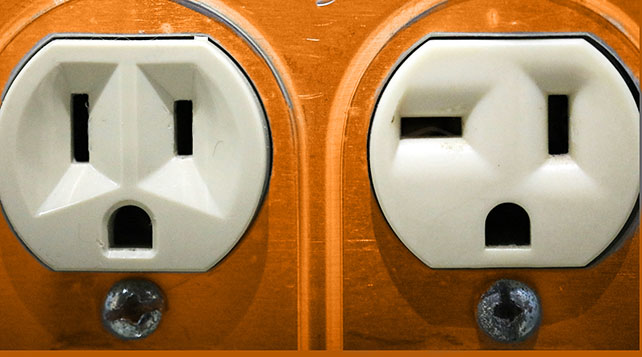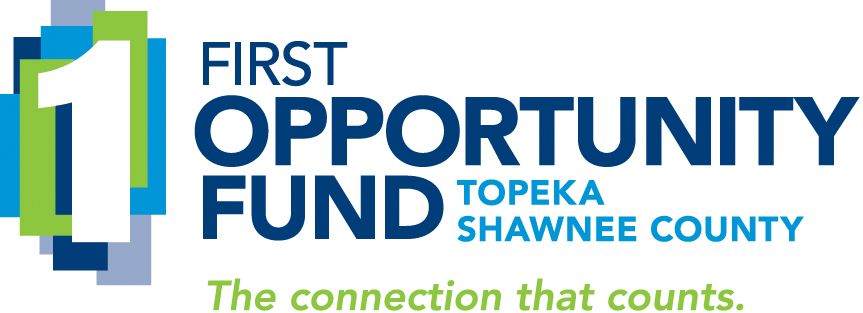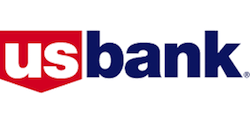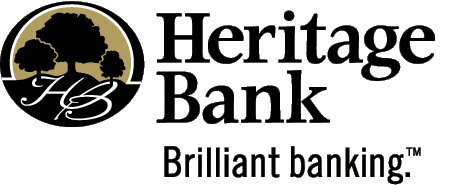
Great service! We know your name! Our people are the best.
These are the answers we often get when asking leaders at a financial institution what’s different about their brand. Unfortunately, that’s not the strong value proposition they think it is.
Everyone says they have great people and know customers by name. To win hearts and minds, financial marketers must do better.
Here are three ways to think about price-driven commodity vs. super sticky "I love my bank" brand.
1. Banking is a mature market
For those of us old enough to remember when the brick-sized cell phones were introduced and there were few carriers, phone system marketers first had to convince consumers they actually needed a mobile phone.
So the smart marketing strategy was to convince people the phone was worth the considerable expense. One very effective agency worked hard to impart an indelible reason everyone should have a mobile phone: safety. In the '80s, people actually had to be convinced they needed a cell phone.
In the '80s, people actually had to be convinced they needed a cell phone.
Safety as a justification for purchase, could apply to many different groups of people: on-the-go business people, travelers, senior citizens, women, people living in big cities and so on. And it was a valid reason for consumers to invest in the hardware and commit to a lengthly contract.
That was wildly effective. For a while. But as the market matured, safety became a standard expectation for any mobile phone. So marketers had to move on. They touted large network coverage and no roaming. But that got saturated, too. Eventually, they began competing on price—and giving away the phones.
And while the phones have plenty of value (Hello, $1,000 iPhone!), the service itself has become the commodity.
When a brander gets to that position, they have developed a commodity mindset with customers. And it’s nearly impossible to break free.
Financial institutions should take this as a warning. Many have planted themselves squarely in the commodity acreage promoting products and “great service” instead of promoting problem solving and unique benefits. Now they need to dig their way out.
2. Customers come into branches less often
Knowing a customer’s name and giving prompt service with a smile at the teller window might have been a differentiator in years gone by. But fewer customers are having that face-to-face experience with the institution on a regular basis. If there are fewer visits, they must be outstanding.
A 2024 Bancography Outlook reports that “branch closings abated in the past year. After the industry closed nearly 8,000 branches in 2021 and 2022 combined, 2023 saw about 2,500 branch closures. However, banks and credit unions added more than 1,000 branches in 2023, yielding a net decline of 1,500 branches ‒ notably less than the net declines of 2,700 and 3,100 branches in the two years prior. Even with net consolidation, the presence of more than 1,000 new branches confirms bankers’ willingness to invest in branches where market conditions allow,” said Steven Reider, founder and president.
Even with new branches still being opened, foot traffic is not what it once was. Customers are using branches in different ways than in the past.
That means business function and customer experience in a branch of today—and tomorrow—should also be different. This is an opportunity for innovative branders to reenvision and reinvent the customer experience at the in-person brand touchpoints.
A great example is Summit Credit Union’s brand that focuses on women’s financial well being and helping them close the retirement savings gap. They do this through robust on-demand educational resources and women’s financial advisors. They’re also building a branch in partnership with the Urban League of Greater Madison’s Black Business Hub where there’s an accelerator and many services for minority and women-owned small businesses.
The Summit example stands up to the litmus test of customers engaging with their brand in all the spaces they meet with a unique brand promise.
3. Data offers the incredible opportunity to show you really do know their name
Even if in real life all bank staff know the customers names, FIs regularly fail at using customer data to create personalized, customized marketing messages through their digital channels. Instead, the bank sends mass media, one-size-fits-all types of campaigns to its customers.
Those will only resonate with a portion of the audience. The rest is waste.
When “great service" and "we know your name” can carry over to the digital experience, customers feel that the bank really does know them. Coupled with a unique value proposition, the results can be powerful.
There’s work to be done
Your brand must be better. WOW at every turn. Be different, and be solution-oriented. And yes, know their names.
For more intel on brand building (as well as sales, customer experience, innovation and culture) for financial institutions, order our book: Beyond Sticky: Get off the commodity hamster wheel and build a bank brand people love. Available on Amazon and everywhere books are sold.
If you need help from a bank branding agency, let's talk. Contact Martha Bartlett Piland at 785-969-6203 or by
photo credits from Unsplash: electric outlets by Danielle-Claude Bélanger and brick phones by Nastya Dulhiier.
























